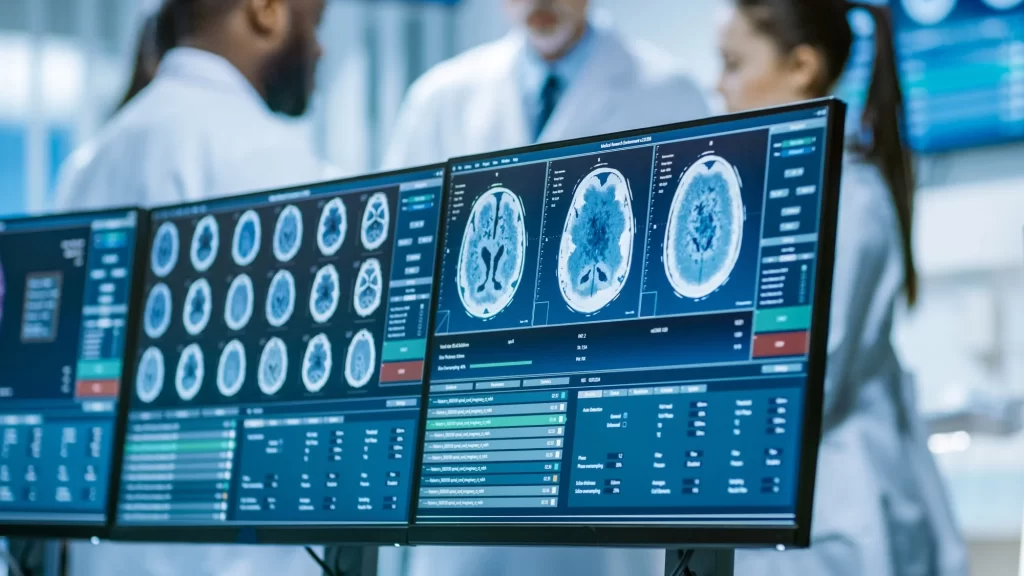The Environmental Impact of Diagnostic Imaging

CT Scan colorado. It’s a term you likely associate with health, diagnosis, and perhaps even a sigh of relief. But behind these immediate associations, there’s another aspect that’s often overlooked. It’s the environmental footprint of diagnostic imaging. This blog post is here to shine a light on the hidden environmental impacts of this crucial branch of healthcare. We’re going to explore how these high-tech machines, while vital to our health, also leave their mark on our planet.
The Energy Expenditure
These machines are energy-intensive. They work day in, day out, scanning and diagnosing. But each scan implies a substantial amount of electricity. Consider this. A single CT Scan uses as much energy as a 120-watt bulb burning for 3 days straight. And that’s just one scan on one machine.
Disposal of Medical Waste
Then there’s the issue of waste. Each scan generates medical waste. Used dyes, discarded films, and old parts. These aren’t ordinary garbage. They require special handling and disposal, adding to the environmental strain.
Carbon Footprint of Manufacturing and Maintenance
Let’s not forget the machines themselves. They’re not born in the clinic. They’re manufactured in factories, transported across miles, and maintained regularly. Each step in this journey contributes to the carbon footprint.
The Silver Lining: Steps Towards Sustainability
It’s not all doom and gloom, though. Awareness is growing, and measures are being taken. More energy-efficient models are emerging. Recycling schemes for medical waste are being implemented. Even the buildings housing these machines are becoming greener. It’s a start, and it’s a step in the right direction.
So the next time you hear ‘CT Scan Colorado,’ think beyond your immediate health. Remember the planet’s health too. The two are interconnected, and every step we take towards sustainable healthcare is a step towards a healthier planet.

